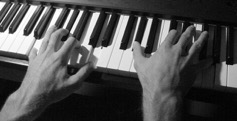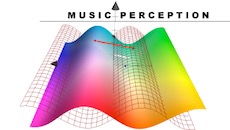Toward a New Harmonic Framework
26/04/17 11:12
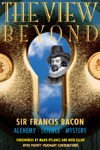
First published in The View Beyond, 2011
There was a time when most people believed the universe and everything in it was made of music. The early Hindus were perhaps first to embrace this concept in their musical philosophy of Shabda, a Sanskrit word meaning “sound” or “speech.” Their Vedic texts, written in the form of sacred hymns, were said to embody the divine knowledge of sruti or “what is heard,”... Read More...
Rethinking Gurdjieff's Enneagram
20/04/17 10:37
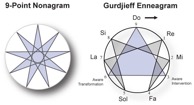
The Enneagram is a nine-pointed star polygon, also known as a nonagram, that is often associated with certain esoteric and mystical qualities. First introduced to the West by George Gurdjieff, a Greek-Armenian mystic and spiritual teacher, it was the symbol of universal harmony used in his Institute for the Harmonious Development of Man and what later became known as The Fourth Way school. Read More...
Symbolism of the Shekinah Pillar
20/04/17 10:35
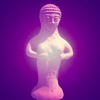
In the 15th century, a chapel was built outside of Edinburgh, Scotland named Rosslyn chapel. Containing some of the most amazing symbolic carvings to be found anywhere in the world, it integrates a diversity of god symbolisms from a cross section of religions. The most significant symbol is the Shekinah pillar, located at the front of the chapel. It is a clue to the chapel's original meaning and, with it, the first source behind all the world's religions.
Read More...
Pythagorean Solfeggio Scale
20/04/17 10:32
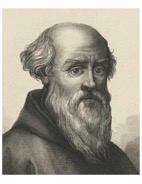
In my book I discuss the scale relative to Guido of Arezzo, who rediscovered it from Pythagorean tuning treatises. However, there are several points that people do not know that they need to understand relative to its use. Read More...
Llull's Theatre of the Mind
20/04/17 10:30

Long before there were typewriters and computers - before there was mass publishing and the Gutenberg printing press - people had to rely on their memory to recall what they learned. In fact, a good memory was so important in those days that it was considered a prerequisite for all learning and a primary measure of intelligence. As the famous French writer and philosopher Michel de Montaigne once said:
'In my part of the world they actually say a man ‘has no memory' to mean that he is stupid. When I complain that my memory is defective they either correct me or disbelieve me, as though I were accusing myself of being daft. They see no difference between memory and intelligence.'
Read More...
Vedic Musical Cosmology
20/04/17 10:29
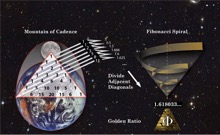
Thought by some to be the oldest religion on Earth, the Hindu religion was born in the Indus valley south of the Tibetan mountains. Its precepts, as set forth in the written Vedic hymns and appendices known as the Upanishads, are based on the divine origin of 'what is heard' called sruiti. Read More...
Tritone Suppression in the Roman Church
20/04/17 10:23
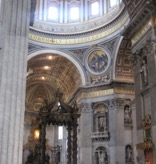
So having sifted through a bit of medieval history, are we any closer to explaining the tritone? Well, we do have a better historical context within which to understand the tritone. We know that the rise of the Inquisition with its canon laws were driven by the Church's project to eradicate paganism and with it the free study and use of harmony. We know that at the center of this anti-pagan campaign was the musical tritone - Diabolus in Musica - the harmonic interval most likely to reveal knowledge of the golden ratio. And we know that fear of this musical interval and what it represented is what shaped music history. Read More...
Religion and Resonance
20/04/17 10:19
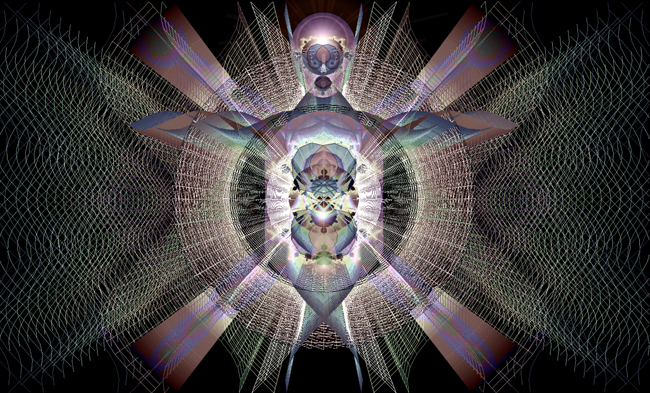
Music was once the center of the pre-Christian world view because it provided a laboratory to understand astronomy, biology and the physics of harmony in nature. As civilizations grew out of tribal society, they designed their laws and judicial systems on the principles of harmony. But with the fall of Rome, Christianity became politicized by emperor Constantine and 'pagan' knowledge of harmony in nature was forbidden. This was even legislated by Church law and enforced by the Inquisition for hundreds of years, harmonic knowledge was pushed underground. As a result, Western science, education, politics, economics and environmental policies have all been founded on the assumption of disharmony and discord in nature and society.
In this section we examine the causes and possible solutions that will increase awareness of this ancient knowledge and help bring about a return to social harmony. Read More...
Music Theory as Harmonic Science
20/04/17 10:15

The central question in music education and theory is how do musical scales, intervals and chords combine to create a sense of anticipation and resolution, or tension and release. Parallel to this discussion is what causes some intervals to sound pleasingly concordant while others are perceived as gratingly dissonant. These are the fundamental questions of music perception that have yet to be answered. Read More...
The Golden Egg
20/04/17 10:12
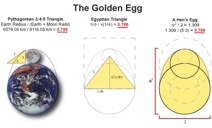
The Galaxy that Laid the Golden Egg
Our schools and churches do not tell us everything. They don't tell us even the simplest things; things like the Earth-Moon system matches the geometry of a hen's egg and that both are a containment property of the golden mean, Φ = (√5 + 1) / 2. Read More...
The Harmonic Lattice
20/04/17 10:07
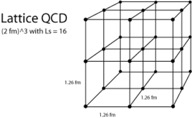
Originating in the quantum theory of Max Planck, the Quantum Chromodynamic Lattice (Lattice QCD) is the scientific name for what is popularly known as the holographic universe, zero-point lattice, the field, the divine matrix, crystallized space, quintessence or just ‘the aether.' Planck was convinced of the existence of this underlying structure in nature, once declaring: Read More...
Harmonic Visualization Models
20/04/17 10:05
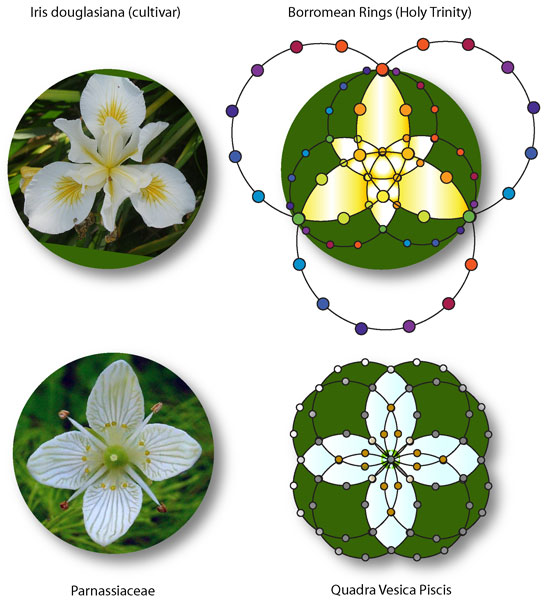
The study of sacred geometry was passed down over thousands of years from the ancient mystery schools. The most common geometries considered sacred are the Egyptian Flower of Life, the Hebrew Vesica Piscis and the Italian Borromean Rings (also known as the Holy Trinity), though there are others. Read More...
Harmonic Patterning in Nature
20/04/17 10:03

The first step in understanding harmonic resonance patterns is to study cymatic patterns created by vibrating sand or water. Read More...
How Do Harmonics Form?
20/04/17 10:01
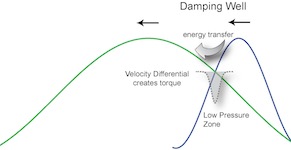
As waves reflect and resonate inside a container or cavity, they cross one another. As they cross, they exchange energy at specific locations called 'damping wells.' In quantum mechanics this is explained by Landau-Zener theory (1932). Read More...
What is Resonance?
20/04/17 09:58

1. A phenomenon of reflected energy
2. Always occurs inside some kind of container
3. Has a prime resonant frequency
4. Represented as squared magnitudes (E=mc2)
5. Responsible for all coherence in nature
6. Universal to ALL types of waves (air, water, electricity, light, atoms, plasma, etc.) Read More...
Harmonic Nature
20/04/17 09:55

It is often said that we should live in harmony with Nature. But what does this really mean?
Read More...
Harmonic Evolution Whitepaper
21/06/10 09:44
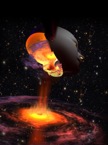
Harmonic Evolution Whitepaper
A thesis about harmonic processes guiding the evolutionary process.
Llull's Theatre of the Mind
04/09/09 13:57
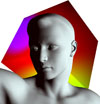
Long before there were typewriters and computers – before there was mass publishing and the Gutenberg printing press – people had to rely on their memory to recall what they learned. In fact, a good memory was so important in those days that it was considered a prerequisite for all learning and a primary measure of intelligence. Read More...
The Suppression of Ancient Harmonic Science
26/03/09 10:55

(Appeared in the Feb-Mar 2009 issue of NEXUS magazine.)
Three years ago I decided to return to a research project in music perception that I had postponed nearly thirty years earlier. It seems time had not diminished my curiosity about how we are able to organically measure the degree of dissonance and mentally anticipate the direction of resolution in music harmony.
Read More...Unwinding the Cosmos
12/01/07 11:57
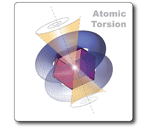
At present there is a great deal of interest (and confusion) around a new field of science generally referred to as torsion physics. The Einstein-Cartan theory upon which it is based describes magnetism and gravity as two sides of the same coin - the curvature and twisting of spacetime. It may well give us the missing link needed to solve the world’s energy and ecological crises while offering the ultimate “Theory of Everything”. Read More...
Music of the Quantum Lattice
09/01/07 11:36
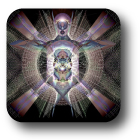
In the field of high-energy physics, a rapidly rising theory called Lattice Quantum Chromodynamics (Lattice QCD) proposes an invisible all-pervasive field beneath atomic structure. As a long overdue replacement for Einstein’s vacuous space-time continuum, we are now poised for a return to the ancient Pythagorean worldview of musica universalis. Read More...
Breaking the Speed of (Light) Thought
08/01/07 11:54
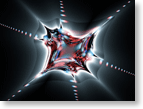
An announcement a couple of weeks ago claimed that the speed of light had been broken. A pair of German physicists, Dr. Gunter Nimtz and Dr. Alfons Stahlhofen, of the University of Koblenz, claimed that they measured microwave photons – energetic packets of light – traveling “instantaneously” between a pair of prisms. If true, this discovery clearly violates Einsteins’s theory of special relativity while raising the possibility of supraluminal (faster than the speed of light) travel. Read More...
The Frozen Music of Rosslyn Chapel
08/01/07 11:47
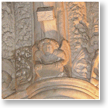
"I call architecture frozen music."
Johann Wolfgang von Goethe
German writer, scientist, color theorist and Freemason
In a case of art imitating art, a press release earlier this year announced that “frozen music” had been found hidden in the architecture of the 15th century Rosslyn Chapel - the same chapel popularized at the end of Dan Brown’s book The Da Vinci Code. The chapel’s puzzling architecture remained unexplained for well over 450 years until it was decyphered by Thomas Mitchell and his son Stuart Mitchell earlier this year. Read More...
Rediscovering Duality
07/01/07 10:50
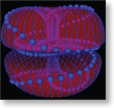
Prior to The Age of Reason in the latter half of the 18th century, the principles of music harmony were used to explain the dualities found in Nature. Philolaus, a “most ancient” follower of Pythagoras, referred to this in the opening of his book Peri physeos, or On Nature:
“Nature in the cosmos is composed of a harmonia between the unlimited and the limited and so too is the whole cosmos and everything in it.” Read More...
The Forgotten Science: Zero-Point Energy
06/01/07 10:15
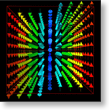
For the past century, mainstream science has marched to the drum of modern convenience, producing a dazzling array of inventions to make our lives more comfortable, more entertaining and more productive. This Disneyland vision has unfortunately led us away from a path of economic and ecological sustainability into a dead end world powered by fossil fuels. What can possibly change this situation? Read More...


